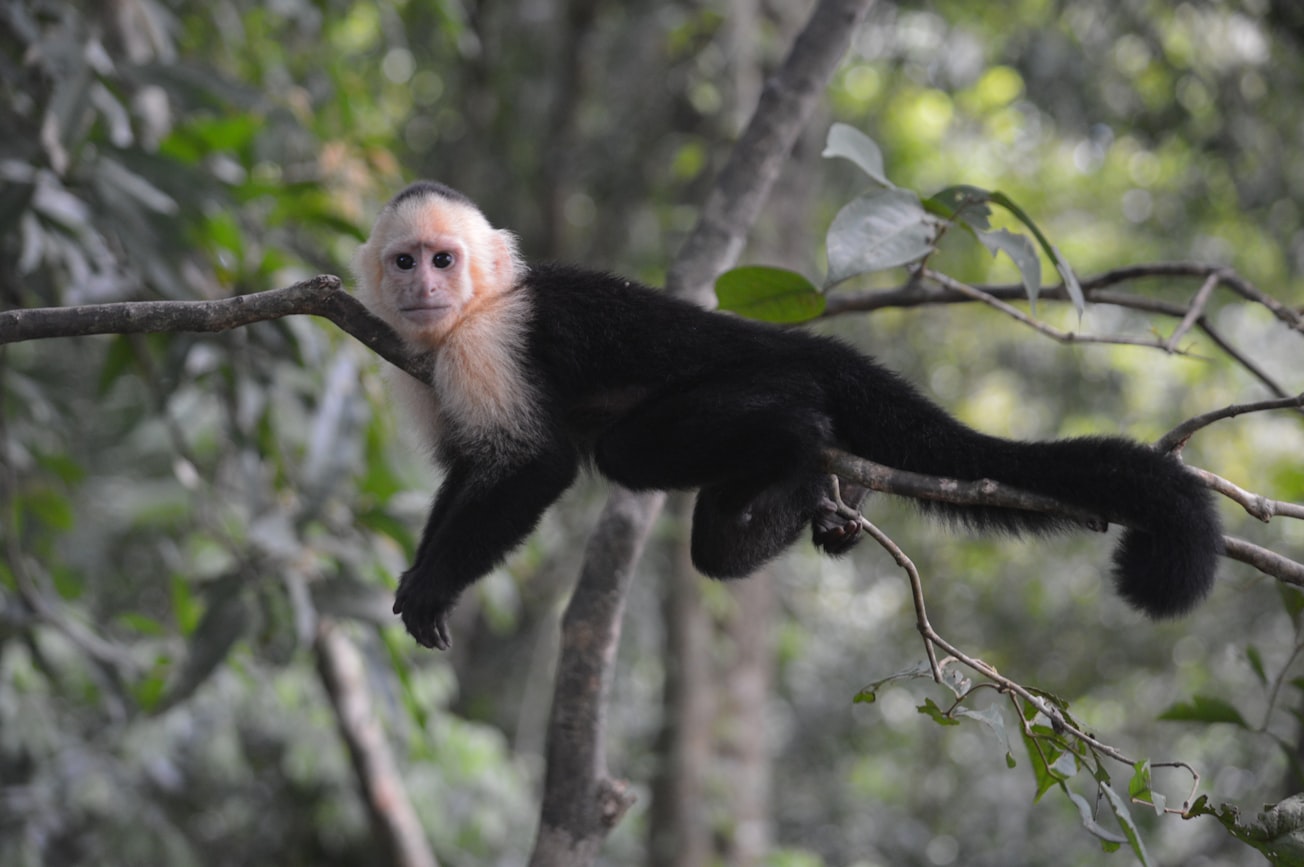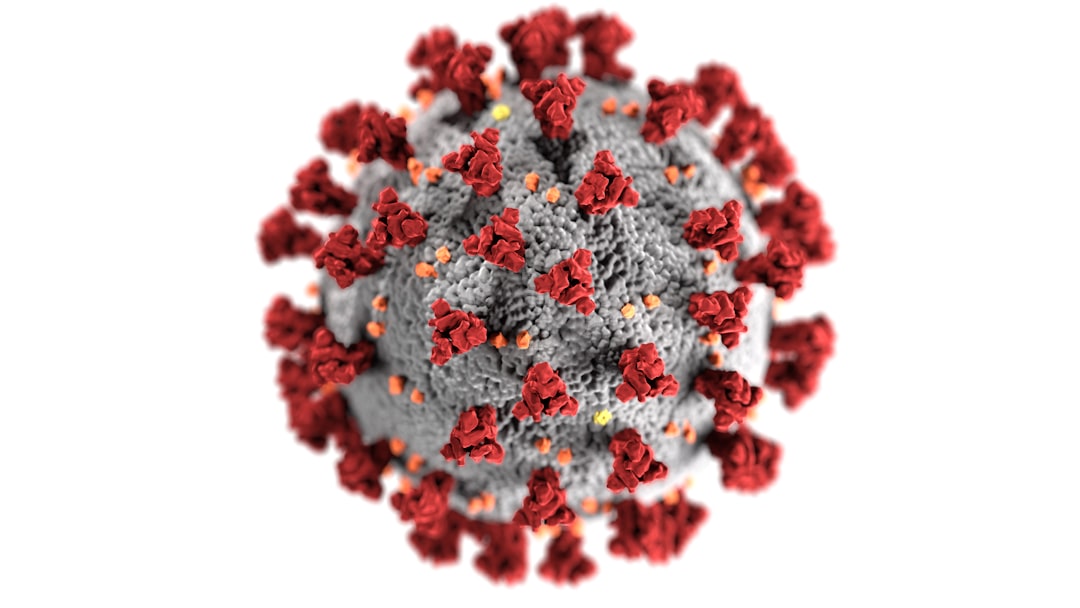What is it about?
Primates of South and Central America known as platyrrhines show broad phenotypic diversity, but we know very little about the genetic changes underlying this diversity or at what point during platyrrhine evolutionary history they arose. Particularly notable are capuchin monkeys for their many parallels with humans and apes, including large brains, intelligence, long lives, and tool usage. Here, we generate a set of high-quality, manually curated protein-coding alignments for comparative genomic analysis of platyrrhines, focusing on the family Cebidae (capuchin and squirrel monkeys). We uncover signatures of selection related to brain development and other cebid traits, lending insight into major periods of cebid adaptive evolution and the evolutionary mechanisms underlying convergence between capuchins and apes.
Featured Image

Photo by Joy Ernst on Unsplash
Why is it important?
We uncover candidate targets of selection across cebid evolutionary history that may underlie the emergence of lineage-specific traits. Our analyses highlight shifting and sustained selective pressures on genes related to brain development, longevity, reproduction, and morphology, including evidence for cumulative and diversifying neurobiological adaptations across cebid evolution. In addition to generating a high-quality reference genome assembly for robust capuchins, our results lend to a better understanding of the adaptive diversification of this distinctive primate clade.
Read the Original
This page is a summary of: Signatures of adaptive evolution in platyrrhine primate genomes, Proceedings of the National Academy of Sciences, August 2022, Proceedings of the National Academy of Sciences,
DOI: 10.1073/pnas.2116681119.
You can read the full text:
Contributors
The following have contributed to this page










